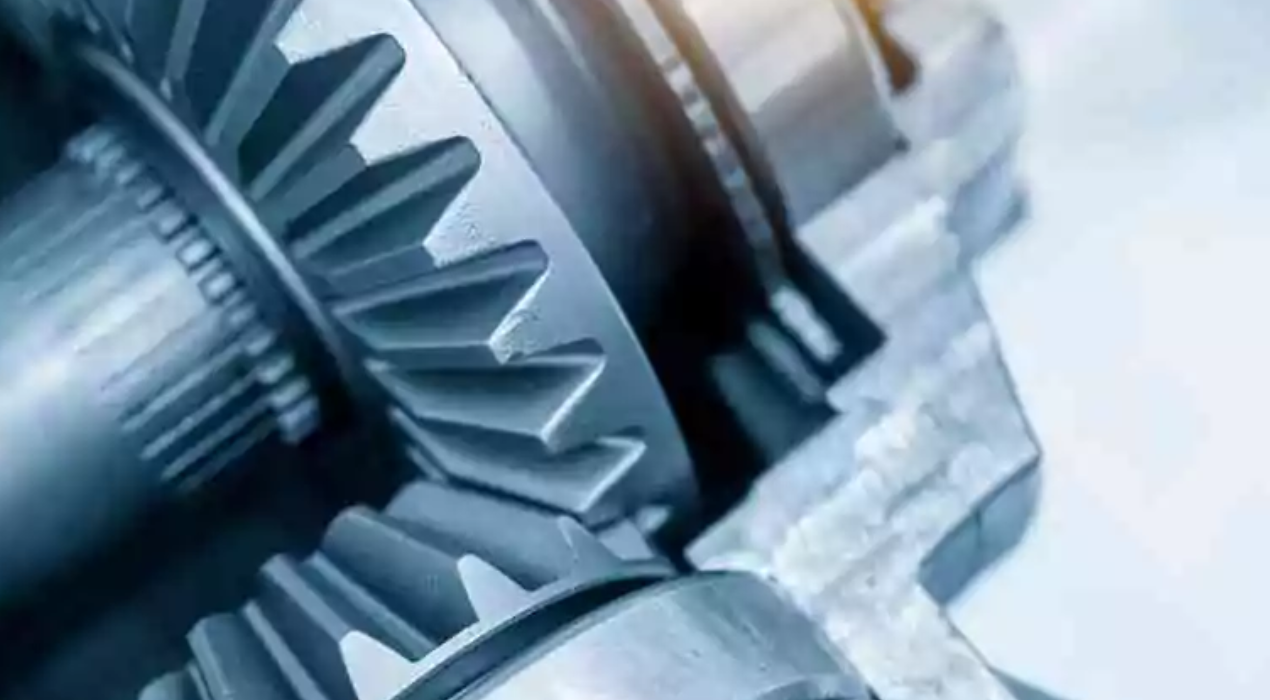Cold forging is a metalworking system that shapes metal into desired bureaucracy through the use of mechanical strain without heating the material ahead. In this system, the metal is positioned right into a die and subjected to excessive strain to reap the final shape. Cold forging is achieved at room temperature, in contrast to traditional forging, which entails heating the metal.
The important benefits of cold forging consist of the manufacturing of sturdy, particular components with high dimensional accuracy. This approach complements material properties via work hardening, leading to components that show off amazing energy and sturdiness. This article helps you to know what is cold forging and its advantages. Cold forging is widely used throughout industries together with car, aerospace, and production, where awesome, dependable steel components are essential.
Advantages of Cold Forging over Other Manufacturing Techniques
Cold forging is a producing method that entails shaping metallic at room temperature or slightly above. This method has numerous advantages over other production techniques, consisting of improved cloth properties, cost efficiency, and environmental benefits. In this article, we can discover these benefits in detail and explain why cold forging is often the preferred choice for various applications.
Enhanced Material Properties
Cold forging enhances cloth properties by shaping metal at room temperature, leading to elevated energy, durability, and structural integrity. The technique hardens the material, refining its grain structure and producing a sturdy final product. Unlike excessive-temperature techniques, cold forging preserves the material’s original properties, making it ideal for components requiring high strength and reliability, together with car and aerospace parts.
Improved Dimensional Accuracy
Cold forging achieves precise dimensional accuracy by fending off thermal growth, which is common in excessive-temperature procedures. This consequences in components with constant dimensions, reducing the want for added machining. The excessive accuracy benefits applications requiring tight tolerances, ensuring that parts meet precise specs and are carried out reliably. This efficiency can also translate to financial savings and quicker manufacturing times.
Superior Surface Finish
The cold forging technique produces components with an advanced surface end due to the controlled deformation at room temperature. This eliminates the need for secondary finishing operations, resulting in smoother surfaces and fewer floor defects. Additives produced through cold forging frequently require less up-processing, main to cost and time savings even as meeting top-notch look requirements.
Temperature
Cold forging is performed at room temperature, maintaining material properties and preventing thermal degradation. In contrast, warm forging calls for heating the material to excessive temperatures, which can affect material traits and introduce capability troubles consisting of thermal distortion. Cold forging’s capability to perform at ambient temperatures is now not only the most effective way to keep material integrity but additionally reduces energy intake, supplying environmental blessings as compared to warm forging.
Material Properties
Cold forging retains the material’s existing properties by shaping it at room temperature, leading to improved strength and durability through work-hardening. This process avoids the alterations in material characteristics that arise with warm forging, in which high temperatures can weaken the material. Cold forging is preferred for programs requiring better material overall performance and structural integrity, maintaining the material’s inherent traits.
Design Flexibility
Cold forging offers considerable design flexibility, taking into consideration the introduction of complicated components with excessive precision. Shaping metallic at room temperature reduces the threat of deformation and distortion, permitting targeted designs that are probably tough with different methods. This adaptability is effective for producing components with high-quality features and complicated geometries, assembly of particular layouts, and overall performance necessities.
Conclusion
Cold forging gives several benefits over different production strategies, such as enhanced material properties, advanced dimensional accuracy, and advanced surface end. By way of running at room temperature, cold forging preserves material integrity and offers extra design flexibility. Whilst it differs from warm forging in temperature and outcomes on material properties, cold forging is frequently the favored preference for packages requiring excessive power, specific dimensions, and complicated designs.
